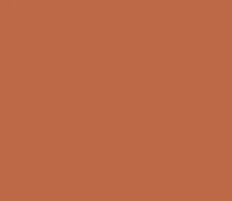Businesses that primarily operate in the EU or U.K. are likely used to very consistent tax rates. Take Germany, for example. Except in special circumstances, businesses within Germany will only have to deal with three different VAT rates: the full rate, a reduced rate, and a 0% rate for certain tax-exempt transactions.
Unfortunately, the consistent nature of EU VAT rates is not an international phenomenon. So, when British and European businesses decide to start trading in the U.S., they’re faced with a considerable tax challenge: the enormous number of different tax rates.
In the U.S., there are over 13,000 sales and use tax jurisdictions. Each of these jurisdictions will have multiple tax rates, which may also change frequently depending on economic circumstances. With so much to keep track of, many international businesses trading in the United States for the first time end up struggling with U.S. tax compliance.
Source Avalara
Latest Posts in "United States"
- 2026 Local Sales Tax Rate Changes: What U.S. Businesses Need to Know and How to Prepare
- How to Register for a Puerto Rico Sales Tax Permit: Step-by-Step Guide
- Illinois Repeals State Grocery Tax, Allows Local Governments to Impose Their Own 1% Tax
- How to Find California Sales and Use Tax Rates by Address Using CDTFA’s Online Tool
- Sales and Use Tax Exemptions for Nonprofit Organizations: A Guide by CDTFA














